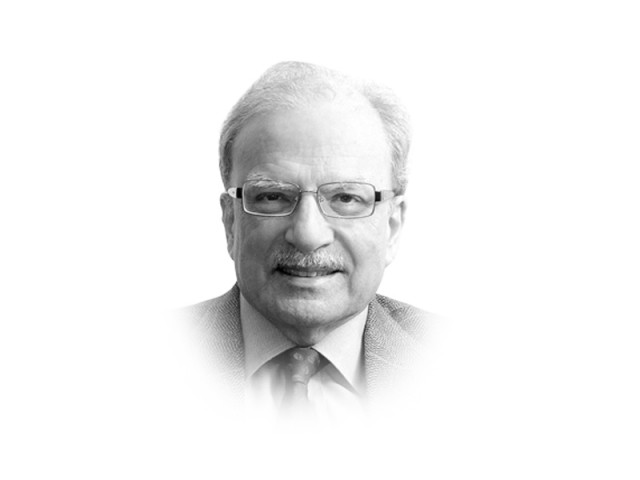
The relative ease with which foreigners could enter the country before 9/11 meant that footloose Pakistanis could also slip into America. The illegals among the Pakistanis don’t constitute a significant size as they do in several European countries but they are present in North America as well. They are engaged mostly by the relatively well-to-do and well-established people of Pakistani origin. In Europe, the illegals are congregated in communities of their own; in the United States, they are to be found on the fringes of the established communities.
The Pakistanis in America have interacted with their homeland in several ways. The most profound of these influences has been in terms of the economic help the community has provided to their original homeland. The pattern of economic relations followed by the Pakistanis in North America is similar to those pursued by other diasporas. When the communities are young they seek economic security. This usually means investing in housing and creating a savings base from which they can finance unexpected expenditures. A bit later, the communities begin to help the needy members of the families they have left behind. The third phase involves working with institutionalised charities. Several of these, such as The Citizen’s Foundation, Development in Literacy, Shaukat Khanum Memorial Hospital and Friends of Pakistan hold well-attended fundraising galas in the cities where Pakistanis have a significant presence. In the fourth phase, the communities begin to think of making some investments in the homeland. Physicians of Pakistani origin have been the most active in this area. They have established large hospitals in Lahore and Islamabad. A Los Angeles-based group of industrialists of Pakistani origin is planning to build a children’s hospital in Karachi.
The fifth phase is reached a couple of decades after the formation of the diaspora. Some of the older members return home to spend their remaining years under the care of the extended family. The final phase — the sixth — is reached when large communities of foreigners begin to flex their economic muscle to create some political space for themselves. The Indian community in the United States has begun to do this. Two of its members have been elected state governors; one of them, Bobby Jindal of Louisiana, is the Chairman of the caucus of Republican governors. He is also considered to be one of the viable candidates for a senior position in the federal government in 2016 when the United States will hold its next presidential election. No Pakistani has made it to this kind of political level in the United States.
To appreciate the economic influence the Pakistanis living in America could exert on the country of their origin, we should have some idea about their wealth, sources of income and aggregate incomes. Their total annual income is of the order of $45 to $50 billion a year. The savings rate should be around 25 per cent of the income, which is typical of immigrant groups. This means that about $12 billion a year is being set aside and invested in the creation of assets. Since the diaspora was formed over a period of more than 25 years, I estimate the asset base of this community at about $175 billion. The income from this should be about $8 billion a year. Originally, salaries and wages were the main source of income. Now, with a sizeable asset base, one-sixth of the incomes are drawn from returns on investments. With these numbers as the background, we can begin to understand the source of remittances and other capital flows that originate from this particular diaspora.
In the last two decades, there was a 16-fold increase in the amount of remittances sent by Pakistanis living and working in the United States. These increased from $150 million in 1991-92 to 2.4 billion in 2011-12. This represents an increase of 15 per cent a year. The rate of growth in remittances from this particular source was almost four times the rate of increase in the national product. Another way of looking at this flow of capital is in terms of its contribution to the increase in GDP. Assuming that currently the incremental capital output ratio for Pakistan is four — meaning that it takes four per cent of GDP to be invested to generate a one per cent increase in the national product — about a 0.3 percentage point increase in national income could be attributed to the remittances from the United States. Could this amount increase even further and could it be used more effectively? I will take up these questions in the article next week.
Published in The Express Tribune, March 18th, 2013.



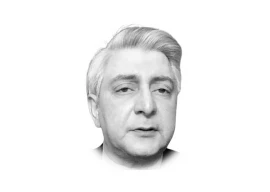

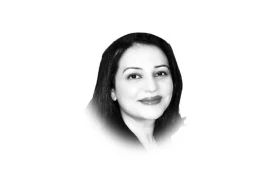

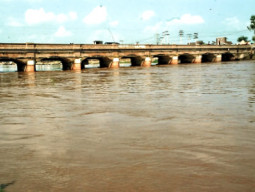


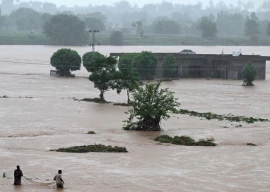



COMMENTS
Comments are moderated and generally will be posted if they are on-topic and not abusive.
For more information, please see our Comments FAQ